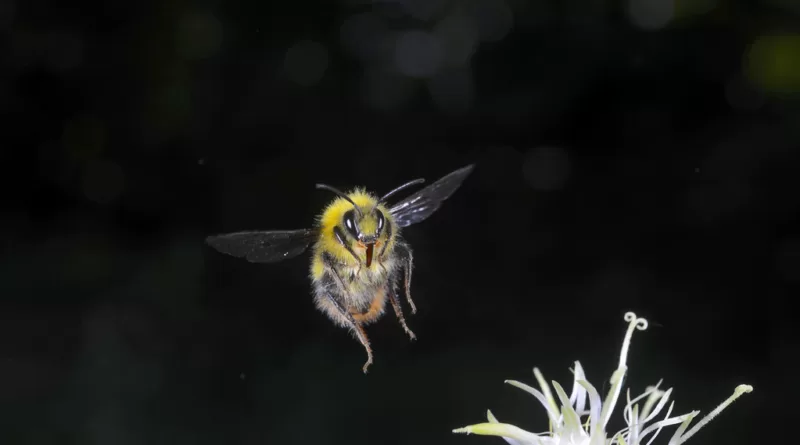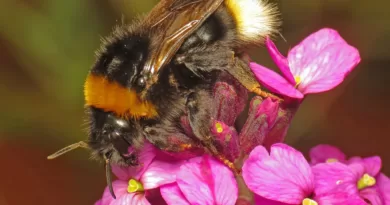Can Bumblebees Sting? The Truth Behind Bumblebee Stings
Bumblebees, with their rotund bodies and distinctive black and yellow stripes, are an iconic sight in gardens and fields. As important pollinators, they play a crucial role in our ecosystem. Yet, there’s often confusion and misinformation surrounding their ability to sting. In this extensive guide, we’ll delve deep into the world of bumblebees and explore everything you need to know about their stings.
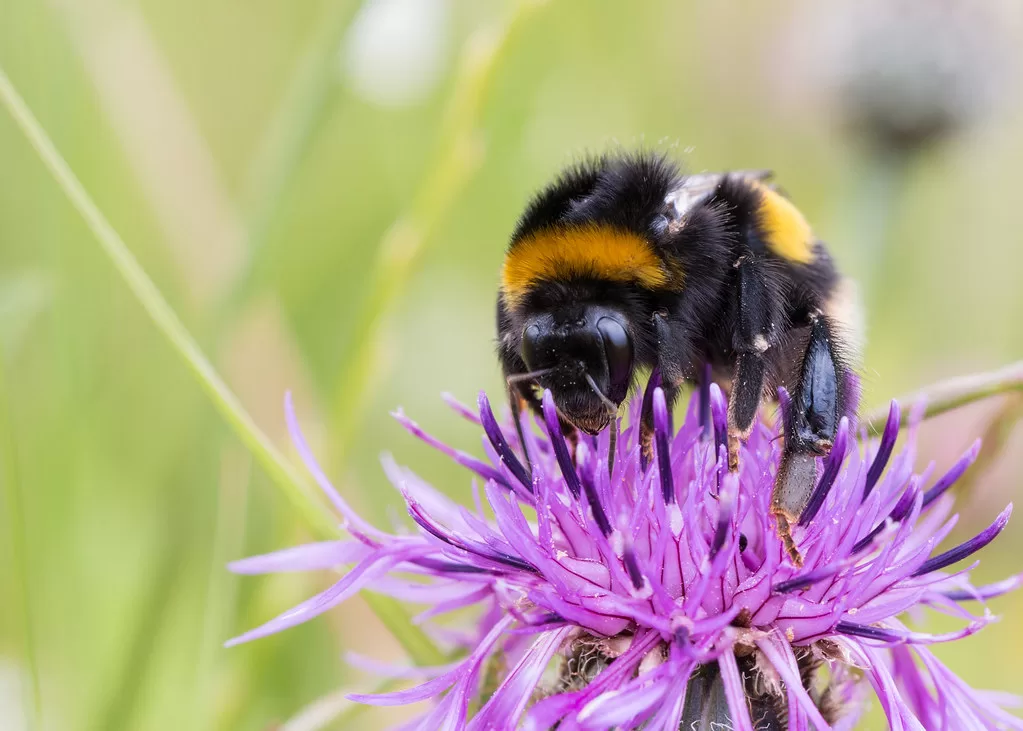
Understanding Bumblebee Stings
Can Bumblebees Sting Humans?
Yes, bumblebees can indeed sting humans. Unlike honeybees, which have barbed stingers that are left behind in the skin after a sting, bumblebees possess smooth stingers. This means that bumblebees can sting multiple times without losing their stinger. However, it’s important to note that bumblebees are not inherently aggressive creatures. They usually sting only when they feel threatened, such as when their nest or territory is disturbed.
The Anatomy of a Bumblebee Sting
When a bumblebee stings, it injects a venomous substance into the victim’s skin. This venom is a complex mixture of proteins, enzymes, and other compounds. The components of the venom can vary among bumblebee species, and it’s this venom that can cause the characteristic pain, swelling, and itching associated with bee stings. For some individuals, especially those who are allergic to bee stings, the reaction can be more severe and even life-threatening.
Why Do Bumblebees Sting?
Bumblebees are not aggressive by nature. They are primarily focused on their important tasks of foraging for nectar and pollen and contributing to pollination. However, they do possess a defense mechanism in the form of their stinger. Bumblebees may sting if they perceive a threat to their nest or if they feel trapped or cornered. Their stinger acts as a way to deter predators and ensure their own survival.
See Also: Do Bumble Bees Sting? And What You Can Do About It
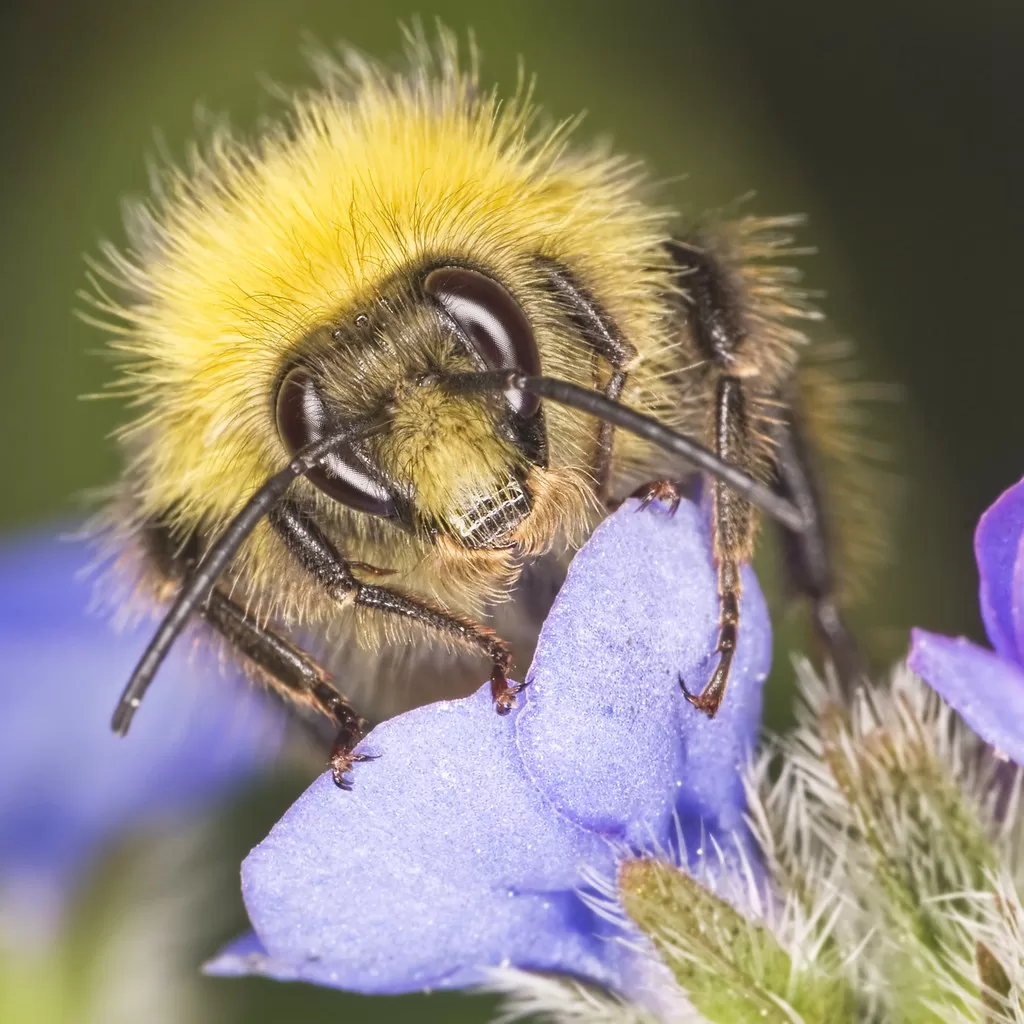
Debunking Common Myths About Bumblebee Stings
Myth: All Bumblebees Can Sting
Fact: While the majority of bumblebee species can sting, not all of them do. In fact, male bumblebees, or drones, do not have stingers at all. They have no need for stingers as their primary role is to mate with the queen. Their lack of stingers makes them much less likely to sting humans.
Myth: Bumblebees Attack Humans Unprovoked
Fact: Bumblebees are not interested in attacking humans. They are docile insects that are generally uninterested in human activities. If a bumblebee approaches a person, it’s often out of curiosity rather than aggression. Most of the time, bumblebees will only sting if they feel threatened or believe their nest is in danger.
Myth: All Bumblebee Stings Are Equally Dangerous
Fact: Bumblebee stings, like other bee stings, can cause varying degrees of discomfort and reactions. For the majority of people, a bumblebee sting leads to temporary pain, swelling, and itching around the sting site. However, some individuals may experience more severe reactions, including allergic reactions that can range from localized swelling to systemic reactions that require immediate medical attention.
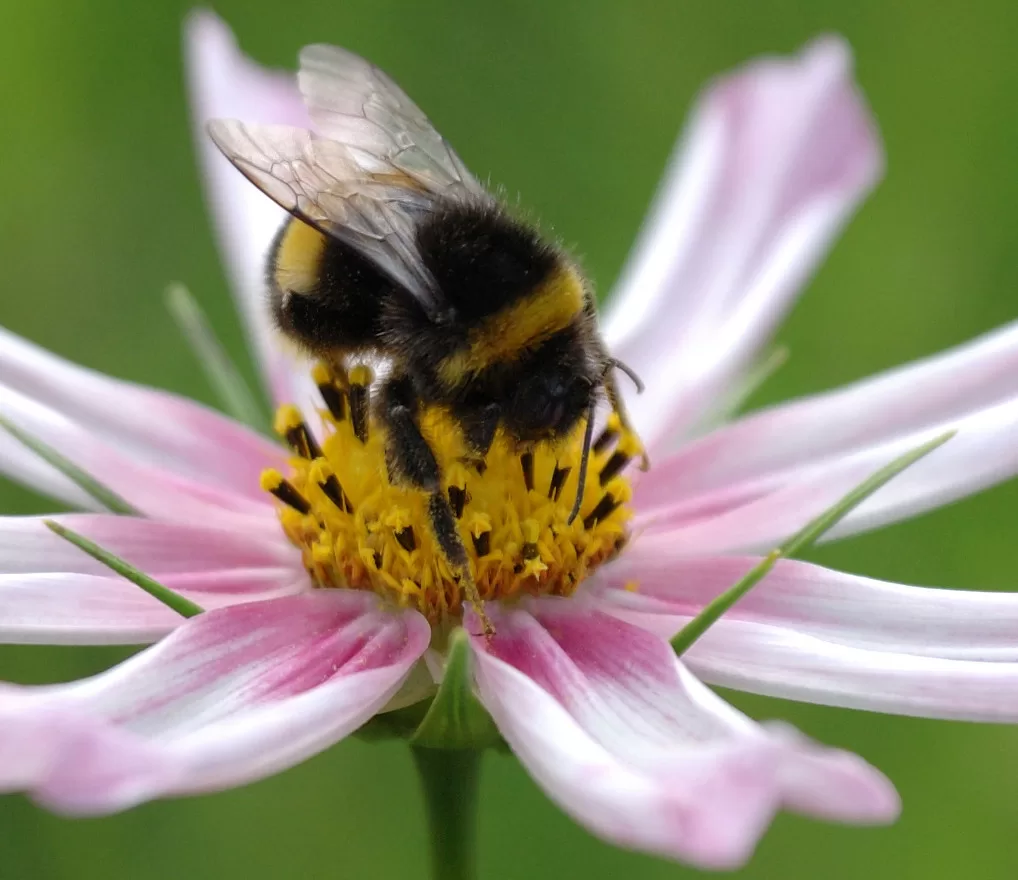
The Complex Relationship Between Bumblebees and Humans
Bumblebees have been coexisting with humans for centuries, and their role in pollination is vital for the health of ecosystems and agricultural systems. While their stings can be an inconvenience and, in rare cases, a danger, it’s important to remember that their benefits far outweigh the risks. The pollination services they provide contribute to the growth of numerous plant species, including many of the crops we rely on for food.
Frequently Asked Questions About Bumblebee Stings
Q1: What should I do if I get stung by a bumblebee?
A: If you get stung, the first step is to remain calm. Gently scrape the stinger out using a credit card or your fingernail. Wash the affected area with soap and water and apply a cold compress to reduce pain and swelling. Over-the-counter pain relievers and antihistamines can also help manage symptoms.
Q2: How can I prevent getting stung by bumblebees?
A: To minimize the risk of being stung, consider wearing light-colored clothing and avoid wearing strong floral fragrances when spending time outdoors. Move slowly and avoid sudden movements around bumblebees. If you’re having a picnic or spending time outside, cover food and sugary drinks to deter bees from being attracted to your area.
Conclusion: Embracing the Buzz of Bumblebees
In conclusion, bumblebees are not the aggressive stinging insects that they are sometimes perceived to be. Their stinging behavior is a form of defense, and they are generally more interested in their foraging activities than in humans. By understanding their behavior and the role they play in our ecosystem, we can foster a sense of coexistence and appreciation for these important pollinators. If you encounter a bumblebee, observe it from a respectful distance, and if you do get stung, remember that proper care can help alleviate any discomfort. Let’s celebrate the important role that bumblebees play in our world and strive to protect their habitats for generations to come.
Enjoyed this article? You may also like:
Do Bumble Bees Sting? And What You Can Do About It
Do bees have knees? Facts Behind Bees Knees
Does Febreze kill Ants? Things You Need to Know
Do Ants Poop? The Fascinating answer to one of nature’s most puzzling questions!

